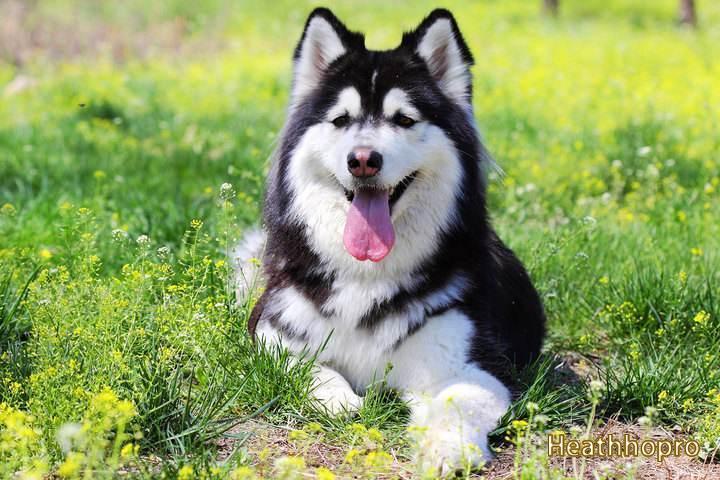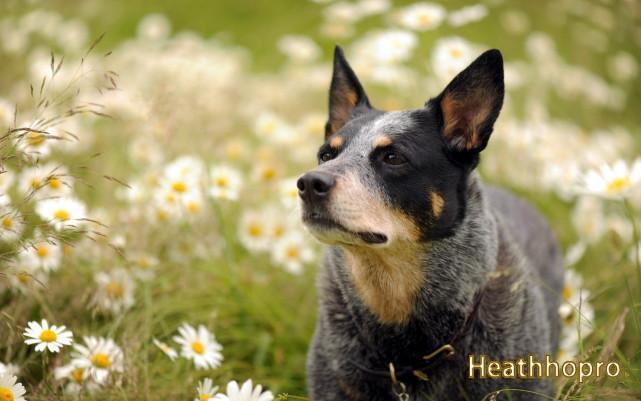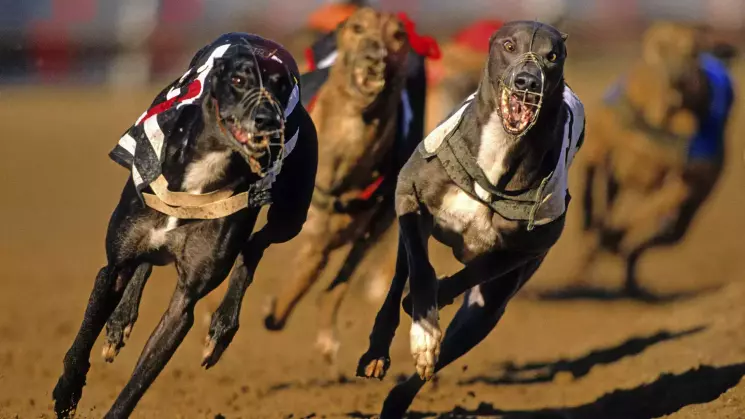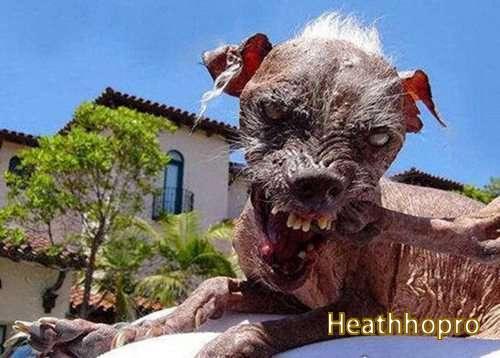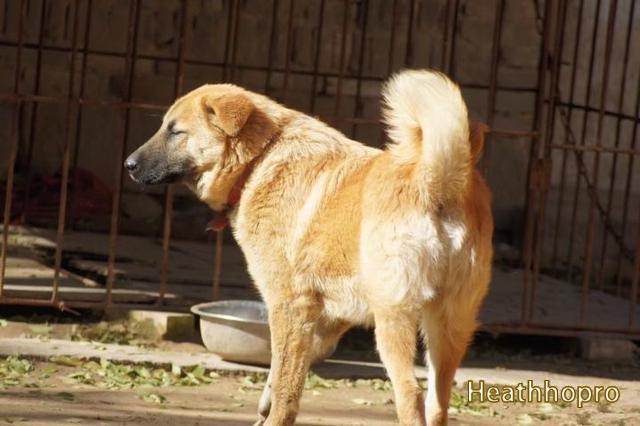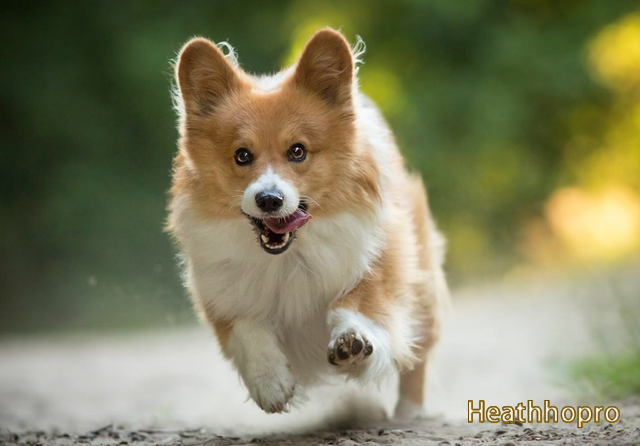Top 10 Of the World’s Fiercest Dogs
Dogs as human friends have become a pet that everyone will now keep, and the dog species is very much. Even to meet people’s favorite, there will be a lot of hybrids. Still, in fact, the dog itself is a relatively fierce species. Among the various creatures are also very people afraid of some animals.
And there are some dogs that are met after the need to rush to escape. Let’s take a look at the world’s most ferocious ten vicious dogs are which.
The world’s top ten vicious dog ranking
- 1. Pitbull
- 2 Tibetan mastiff
- 3. Tosa Dog
- 4. Dugong
- 5. New Boliton
- 6. Fellows
- 7. Roman Bulldog
- 8. bordeaux mastiff
- 9. Rottweiler
- 10. Bull Terrier
10 of the world’s fiercest dogs
1. Pitbull
The reason why the Pitbull is feared and even rated as the top 10 vicious dogs is that it is bred to fight, with such training goals, its growth environment and overall service purpose is to fight, the endurance of this canine is also very long and can completely guarantee an energetic fight for 2 hours.
And in the process of fighting, the ability to bite is also amazed people, can reach 80kg per centimeter bite, so in the course of some daily fighting, Pitbull casualties are also relatively high, because it is specially trained, so the degree of ferocity is also imaginable, and Tibetan mastiff than, Tibetan mastiff can only be considered a little brother.
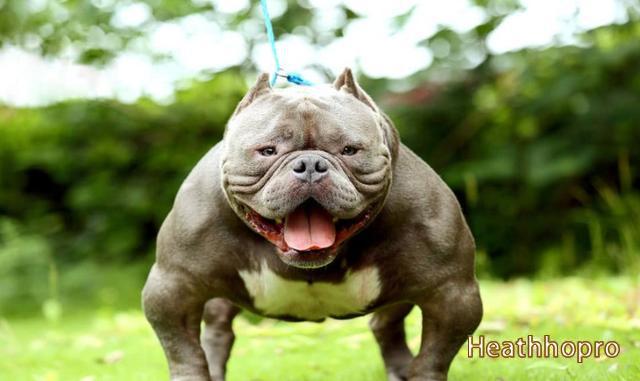
2. Chinese Tibetan mastiff
Tibetan mastiff lives in the western region of the motherland, due to the weather, so its hair is thicker, can sleep in the snow and ice, due to the needs of nomadic people, so the Tibetan mastiff is also very aggressive, and is very loyal.
Will only identify a master, in such areas, for some animals such as antelopes are also very high, and after the recognition of the owner, the Tibetan mastiff will generally be used to look after the family.
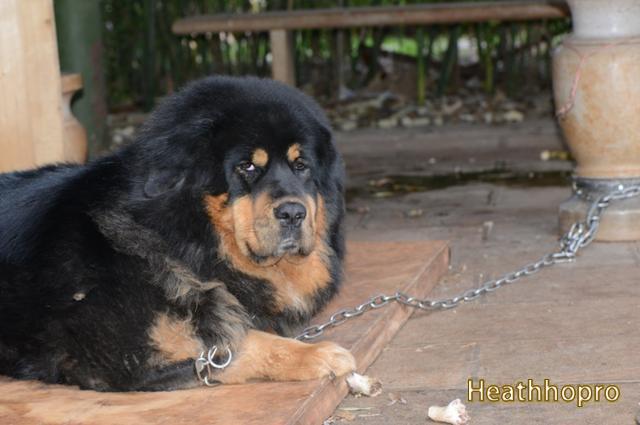
Due to the aggressive appearance and strong fighting ability, but also to make many people daunted, and in the Tibetan mastiff, the price of a pureblood Tibetan mastiff is surprising. Although there are many people who want to raise Tibetan mastiffs but want to buy a purebred Tibetan mastiff, scarce and high price.
3. Japan’s Tosa dog
It is also mainly used for fighting, and Japan’s sumo wrestling, fighting as their recreational sports ornamental items, so the investment and training in this is relatively more, Japan’s Tosa dog. The height can be over 75cm, which is a rather large dog.
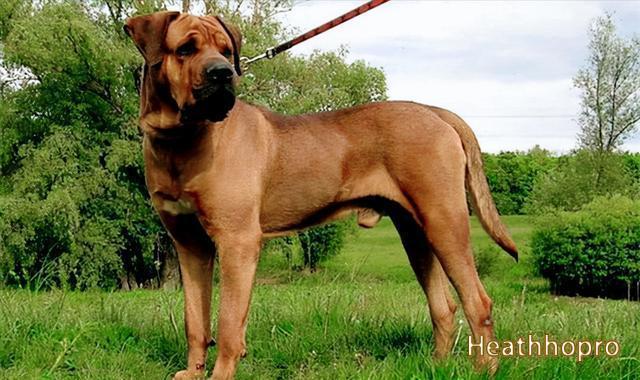
And its weight also makes a direct division into two classes, the normal large dog is in 50 to 60kg, while the super large dog is in more than 60kg, the super large size also provides some help, every year such fighting competition is very much, so for this kind of dog breeding also began to flourish.
4. The Argentine Dogue
The Dugong is also relatively large, and in addition to this Dugong has a very well-developed loin. The strong ability also makes it one of the vicious dogs that people fear.
And the fierceness of the Dugong is mainly reflected in two significant aspects. The first is that the official has declared its suitability to be kept in the city among the rights because of its relatively high risk factor.
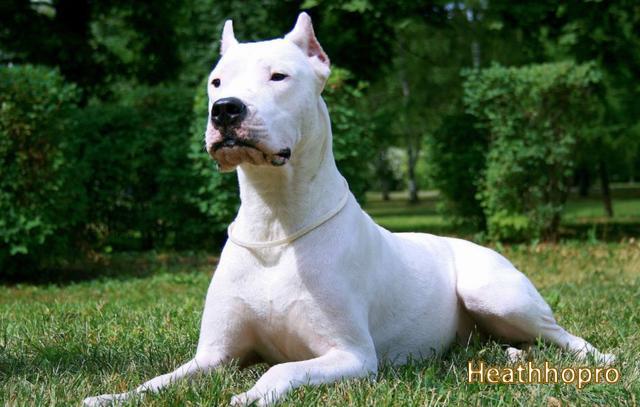
The second reason is that the Dugong was previously bred with the main goal of hunting and preying on cougars, a large dog that can be compared to a lion, which naturally makes people stay away from it.
5. New Bolton
For such breeding is more and very fierce, after hunting, prey will be directly swallowed.
Because of this, it has become the red man in the eyes of gang leaders. Foreign mafia and gangster breeding prefer this large dog. Sturdy appearance coupled with not-so-showy appearance let people see, and want to run away, and the same brutal methods as the mafia also let it directly become synonymous.
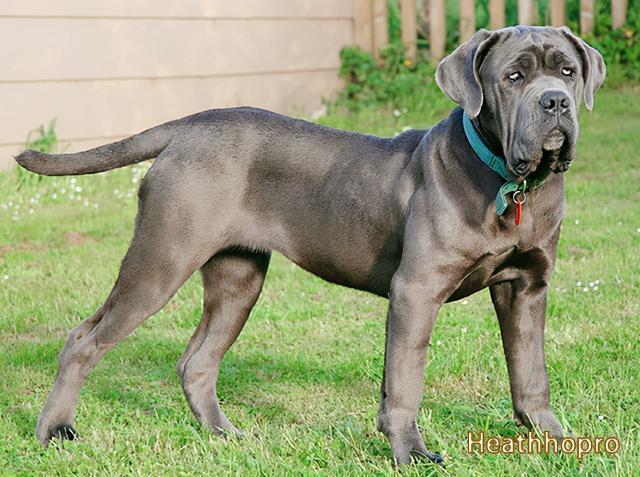
6. Feller Dog
It is bred as a tracking dog that will round up prey but generally will not attack actively.
This dog is 75cm tall and weighs over 50kg. It is because it does not actively attack its prey that it has also earned the title of gentleman dog, but do not underestimate it for such reasons.
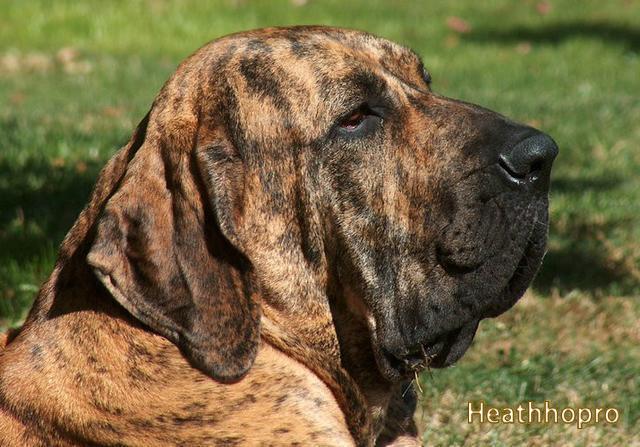
7. Roman Bulldog
As a large dog, its advantage lies in its combativeness. As a dog from the Roman period, it has a very strong aggressiveness, and to have better adaptability, its ears are equilateral triangular, just to be able to have more advantages in the process of war. In addition to these, this canine is also very loyal.
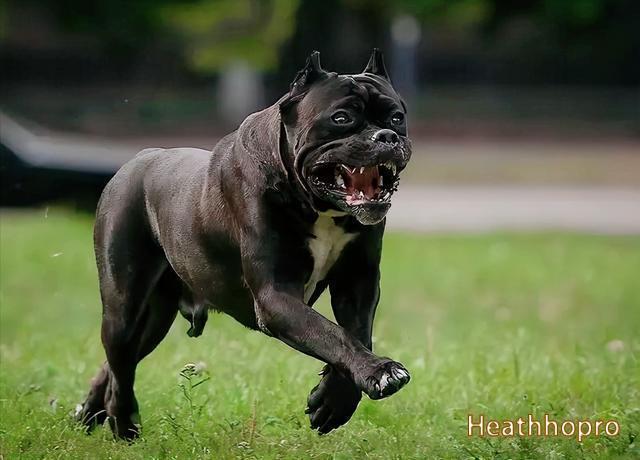
8. Bordeaux Mastiff
Everyone is easy to connect with the Tibetan mastiff, and the appearance of this mastiff and our Tibetan mastiff is more different. Still, its hunting targets are generally wild boar and black bear, so in it is more used as a cattle dog, and size of this dog is also huge, the average length of 58 ~ 68cm, weight can be 63 ~ 65kg.
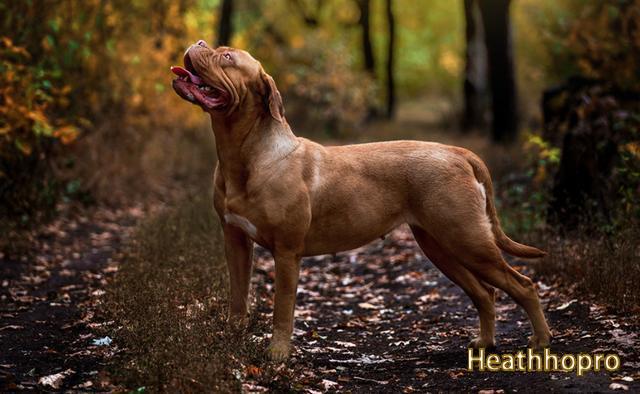
9. Rottweiler
This kind of dog is mainly used for guarding cattle in the early days and is a relatively intelligent breed, but now it is used more in military and police dogs. This dog is capable of attacking intruders and requires rigorous training to be able to perform better in the military and police. It is very popular because of its receptiveness and its innate ability to protect.
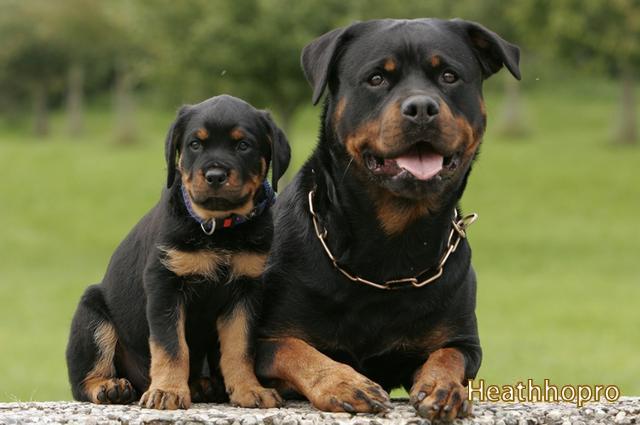
10. Bull Terrier
It is also easy to underestimate this type of dog. Because of its relatively witty-looking appearance, it is taken lightly. Still, in fact its bite ability is powerful and there are many sources of bull terrier species, but also to directly bite three blackbacks, and it is for this reason that it is included in the top ten vicious dogs.
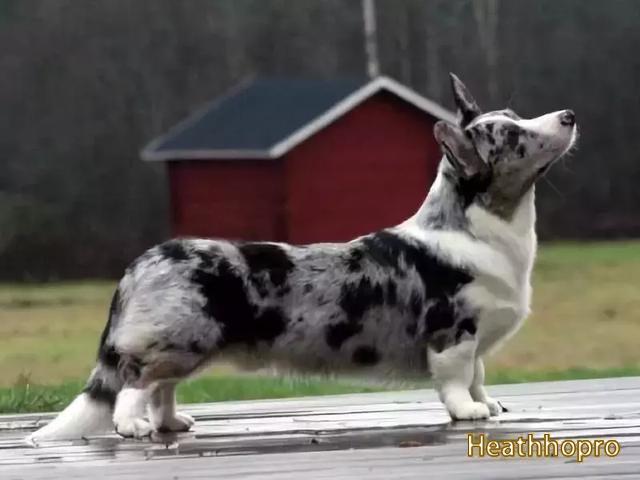
Why do dogs appear aggressive
1. Out of territorial awareness
Dogs have a certain sense of territoriality. Territoriality depends on the breed, personality and other reasons. Some are stronger. Some are weaker. For example, in the case of guard dogs, this quality of helping to watch over the house will undoubtedly be reinforced in breeding. Puppies, on the other hand, mostly do not have a sense of territoriality, which does not appear until they are between one and three years old. This territorial awareness is sometimes not so controllable, and some dogs do not distinguish between “enemy and friend” and bark at everyone, which brings about undesirable aggression.
2. The desire to protect their companions
As a social species, dogs will form small groups without human owners. When a member is in danger, the other members will assist in the defense. The family pet dog will do the same to protect family members – both humans and other animals. Frail family members sometimes receive more robust protection. For example, some dogs that are traditionally docile will display aggressive behavior after their owners have babies, treating friends and family as threats. This type of aggression is not gender-specific, only age specific. However, like territoriality, it is rarely seen in puppies before they are one to three years old.

3. Possessiveness
Competition for food is an all-too-common phenomenon in nature, even in dogs that are intelligent and served by humans. After all, the genes passed down by the ancestors for millions of years are not so easy to lose. The most common is to protect food. If you approach or move the dog food when people eat, some woof is six relatives do not recognize. This behavior will also extend to toys, dog kennels, chewable snacks, and other objects. Some even have to guard the water bowl. This possessiveness is usually easy to detect, but there is one situation that requires careful observation by the owner: some dogs will hide their toys and snacks, and these locations thus become off-limits. When innocent humans approach, they may encounter “inexplicable” aggression and attacks. Unlike the two types of charge mentioned above, in addition to adult dogs of both sexes, puppies may also display aggression out of possessiveness.
4. Out of Fear
The first reaction to fear is to run away, which is called the flight response. But with nowhere to run, most animals will choose to fight back. This, of course, leads to aggression. (That’s why you can’t hit a dog: a dog that is hit finds nowhere to run in the house and can only choose to bite) But there are usually obvious signs of this kind of aggression: body language like tail pinching is common knowledge that dog owners understand. There are many body signals that dogs use to express fear, and once you are familiar with these signals, you can know the dog’s mental state early.
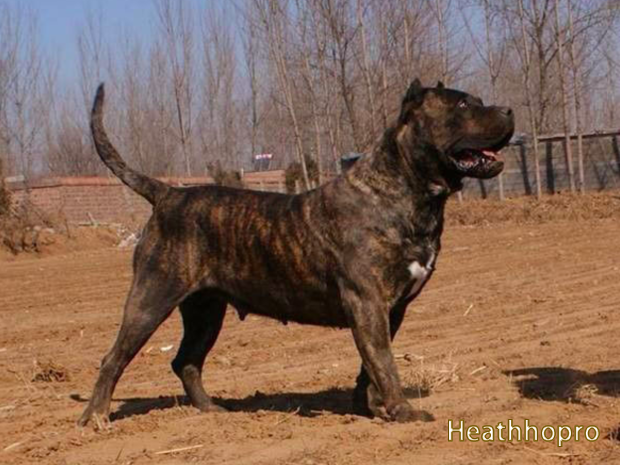
Some fearful dogs will launch a sneak attack after a human has turned around, so don’t turn your back completely on them right away while trying to stay away from them. Fearful dogs do not bite hard when they attack because they still carry escape psychology.
However, this type of attack may not always have a precursor, or the precursor may be so short as difficult for the untrained layperson to detect. Dogs of all sexes and ages may attack out of fear.
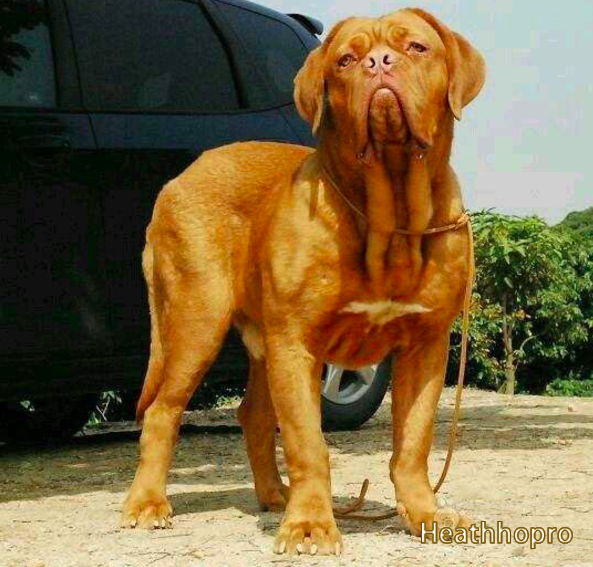
5. For social reasons
Animals that survive in social groups generally have specific behavioral norms that reduce conflict friction among members. This is true of humans, and it is also true of dogs. Canines have a hierarchy that regulates mating, feeding order, etc. Some ritualized aggressive behaviors can reinforce these norms: for example, high-ranking dogs use aggressive and threatening behaviors to display and reinforce their status. At the same time, behaviors that disrupt the hierarchy invite aggressive responses, such as
- They are taking away food, toys, bites, etc.
- Interfering with sleep
- Hugging and kissing
- Forced obedience poses (e.g., belly up)
- Picking up or lifting the dog
- Not giving the dog what it wants
- Trimming, clearing, and wiping the face
- Touching ears and feet
- Clipping nails
- Pulling hard on the leash, fiddling with the collar, putting on the chest and back
- Verbally scolding and abusing
- Pointing or threatening with newspaper rolls
- Hitting or attempting to hit the dog
- Entering the door at the same time as the dog, or colliding with the dog when entering the door
This type of aggression is more common in male dogs and is more likely to occur in purebred dogs than in mixed breeds. The resulting attack in puppies will not be directed at humans but at siblings in the same litter.
It is essential to remind the reader that information about such behavior should only be understood by the owner and should never be used as a guideline for living and training. Suppose owners are determined to become leaders in the hierarchy and use intimidation, violence, or other aggressive behaviors to train their dogs. In that case, there is a high risk of psychological and physical harm to the dog, which can be very wrong and counterproductive.

This is because, although we know that there is a general hierarchy and related behaviors, we know very little about the meaning, boundaries, scope, strengths and weaknesses. There are even many tit-for-tat views. For example, it was once thought that dogs were hierarchical, and punitive training methods were devised accordingly. In recent years, however, more evidence has shown that the dog hierarchy is like a small Internet startup, with flat orders and blurred authority and responsibility. In this way, training methods that emphasize scale go in the opposite direction.
6. Frustrated Desperation Causes Aggression
It is often said that dogs have a few years old intelligence. Their emotions are similar. When they feel frustrated and helpless, they will also vent themselves through aggression. When very excited and excited but restrained and unable to get what they want, a dog may show a charge to the person or thing that restrained it. For example, a dog that feels frustrated may go and bite its leash or its owner’s hand. Over time, it associates the restraint with frustration and will show aggression when it is restrained, even if there is nothing that excites it. Some normally friendly dogs flip out once they are tethered or put in a crate or car compartment for this very reason.
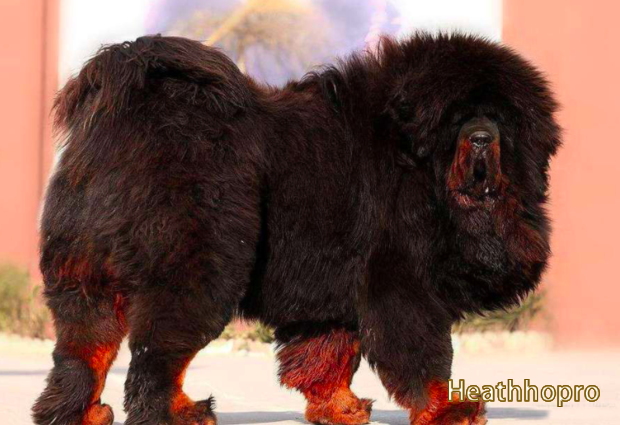
7. Transferred aggression from elsewhere
This type of aggression is similar to the previous one, but is not caused by frustration. Transferred attack occurs when the dog is stimulated or in aggression against another person or animal, when a third party intervenes, the dog will transfer the charge from the original object to the third party. The owner pulling the dog into a fight is also susceptible to being bitten. Sometimes this is not simply a case of accidental injury, but rather a transfer of aggression. Another example is when two dogs bark at a third person simultaneously and one of them will suddenly attack the other dog. This aggression can occur in dogs of all genders and ages.
8. Aggression due to pain
Gentle and friendly dogs may also attack others when they are in pain. This is the same reason why a traumatized patient curses when lifted on and off a stretcher. If people are like this, how can animals behave? This situation is also prevalent in animal hospitals. Therefore, even if it is your own dog, it should be handled carefully when it is injured and in pain. Dogs with orthopedic diseases or infections, even if you are trying to treat it, will bite without warning. Painful pinprick collars and electric shock collars can also cause aggression, and such inhumane training tools should be avoided. This type of aggression is found in dogs of all ages and genders.
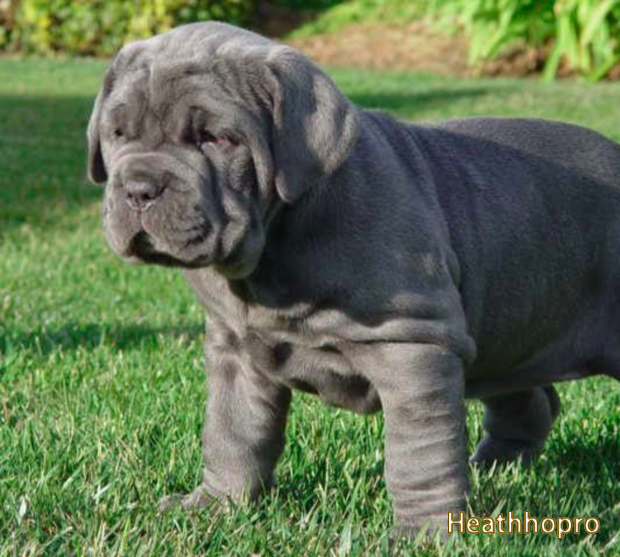
9. Sex-related aggression
Although pet dogs rarely have the opportunity to mate, unneutered males will seek attention from females during their heat, and females will compete with each other for access to males. Even without females present, unneutered males living together may fight, as this behavior in the wild can show females how strong they are in order to attract the opposite sex. Similarly, females living together may compete over who gets the opposite sex first. However, this type of aggression is uncommon and predominantly found in unneutered males. Neutered adult dogs may also exhibit this type of behavior. This type of behavior is generally seen in adult dogs over one year of age.
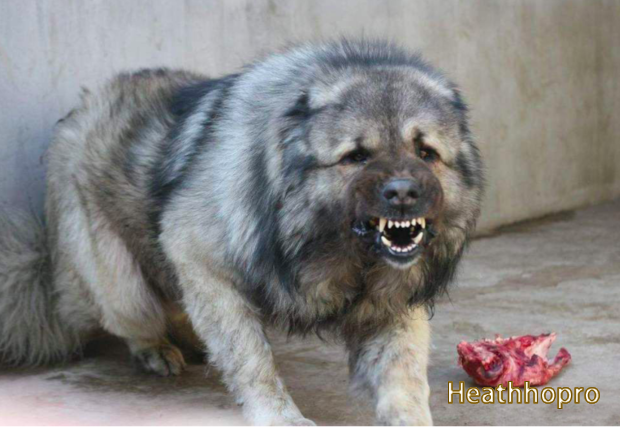
Is dog aggression innate or acquired
Aggressive behavior in dogs is acquired and nurtured. I’ve heard this phrase many times. Have you ever thought about the truth of it?
Aggression is enhanced, and aggression is operant behavior. Generally speaking, aggression will be a reaction to fear, anxiety, and stress, so many aggression after the generation of most experts is recommended to use classical conditioning to solve the problem.
What kind of dogs are more likely to be aggressive
- 1. Gender – unspayed males are usually more aggressive than females or de-sexed males because of male hormones and are more likely to cause serious bites; especially females that are around in the heat, they are incredibly aggressive.
- 2. Age – 6 – 11 months old young dogs the highest bite rate; but severe or fatal bites are caused mainly by 3 – 4 year old dogs. 3 – 14 weeks of age is a critical period of dog socialization, if 3-14 weeks of age is a crucial period of socialization, if the dog is often leashed with a dog, kept in closed places with little contact with people, it is easy because of poor socialization and the tendency to attack.
- 3. Size – Medium and large dogs, due to their large size, tend to have dominant confidence and deal with seemingly weak people or animals. Because of their strength, they often inflict serious injuries.
- 4. Breeds – The more aggressive dog breeds are bulldogs, Rottweilers, wolfhounds, Pit Bulls, etc.; Pit Bulls are most likely to cause fatal bites. In many dog attacks on people, the killer is mostly a mixed breed dog with a wolfdog attack pedigree or a wolfdog.
Conclusion:
Fierce dogs people is a certain degree of danger. We usually walk the dog and play with the dog. It is best to wear a mouthpiece to avoid accidentally injuring her people.
The cheapest dog muzzle: Soft Muzzle with Breathable Mesh, Adjustable Strap
Best value for money dog muzzle: Muzzles for Small, Medium, Large and X-Large Dogs
Best value dog muzzle: Prevents biting, barking and chewing

